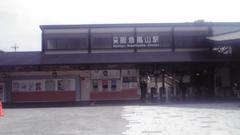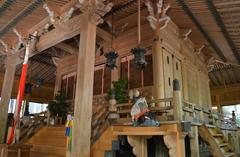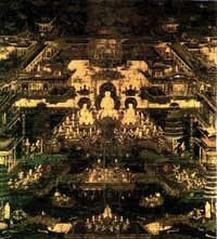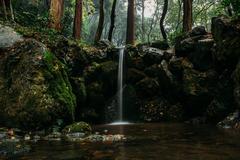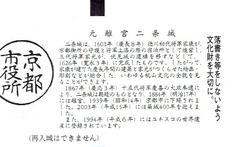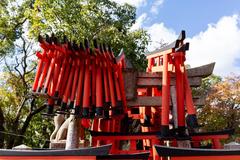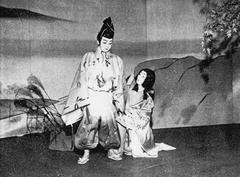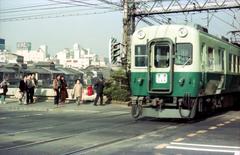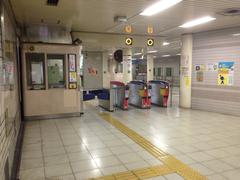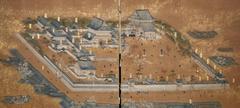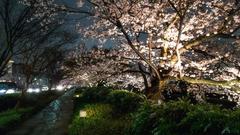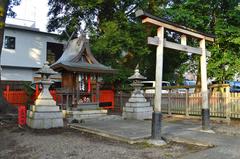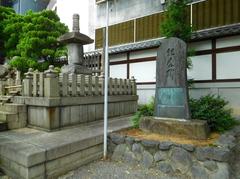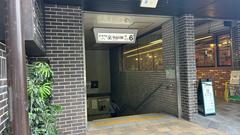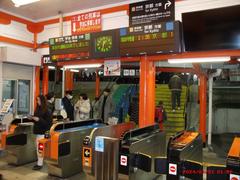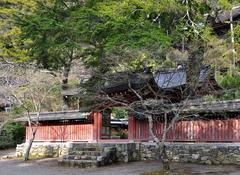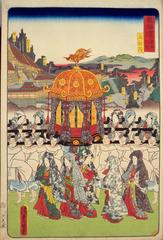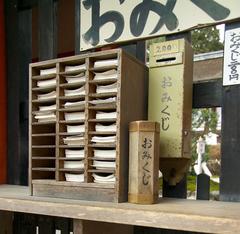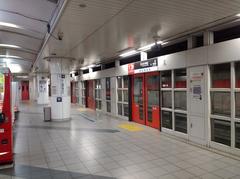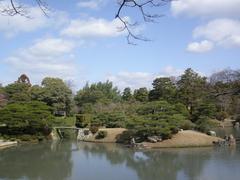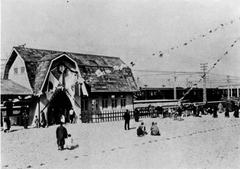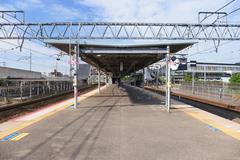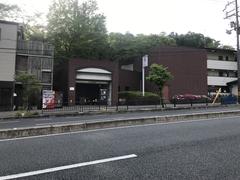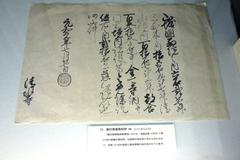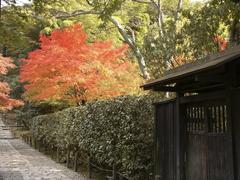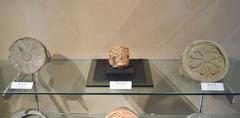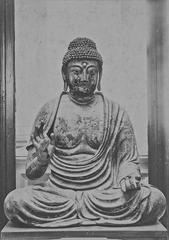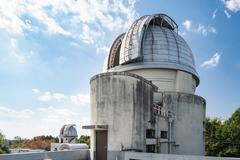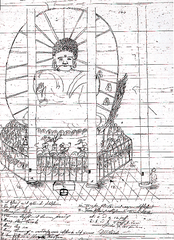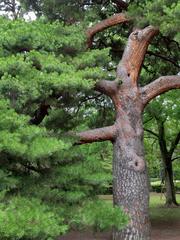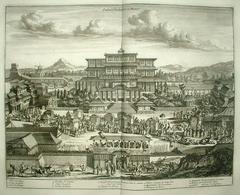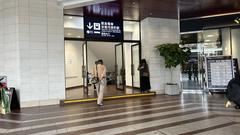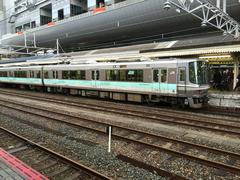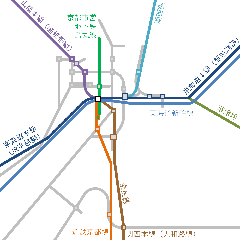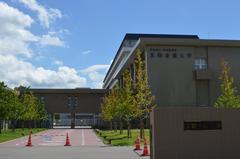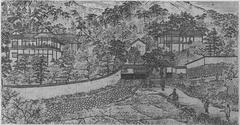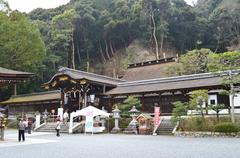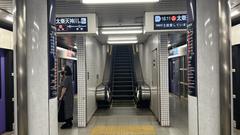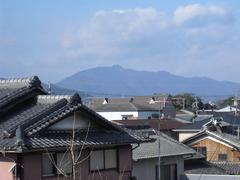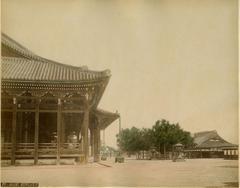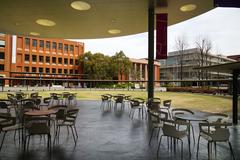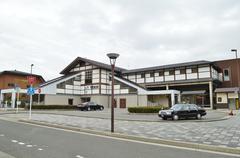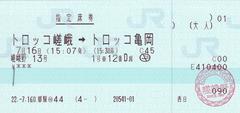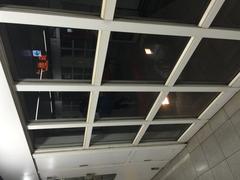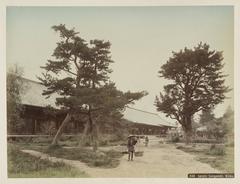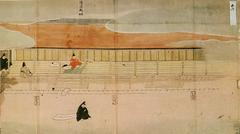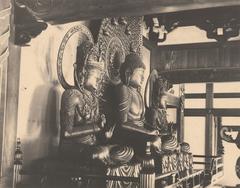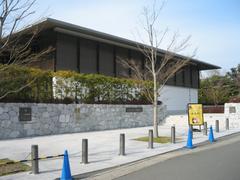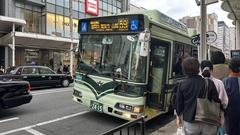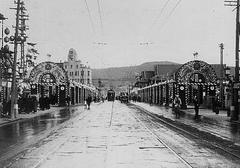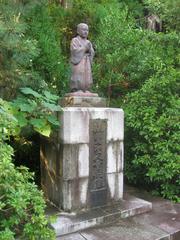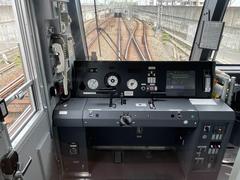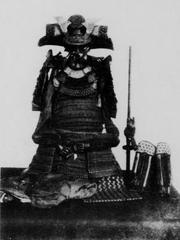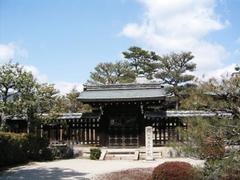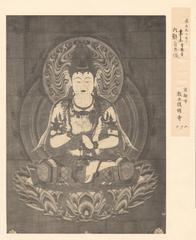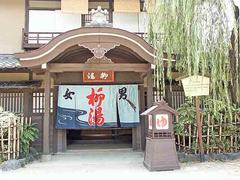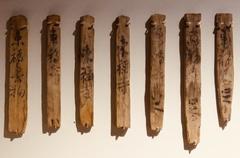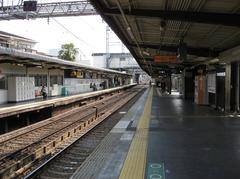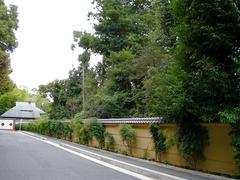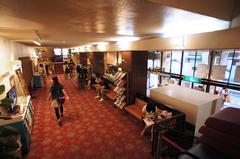Yamashina Station Kyoto: Visiting Hours, Tickets, and Travel Guide
Date: 14/06/2025
Introduction to Yamashina Station and Its Significance
This guide provides essential information on Yamashina Station’s history, transportation significance, visitor amenities, nearby attractions, and seasonal events. Whether you are planning a brief visit or a longer stay, you’ll find practical tips on tickets, accessibility, dining, and accommodation to enrich your Kyoto adventure. For real-time updates and additional insights, the Audiala app and other digital resources are recommended.
Table of Contents
- Introduction
- Historical Evolution of Yamashina Station
- Transportation Significance
- Visitor Information
- Nearby Attractions
- Multimodal Connectivity
- Literary and Cultural References
- Yamashina Ward: Attractions, Tickets, and Travel Tips
- Events and Seasonal Highlights from Yamashina Station
- Visiting Daigoji Temple via Yamashina Station
- Summary and Recommendations
- Sources
Historical Evolution of Yamashina Station
Early Beginnings and Relocation
Yamashina Station was first opened in 1879 during Japan’s railway expansion in the Meiji era. The original station was situated south of the current location, near present-day Ono Station on the Tozai Line. In 1921, the completion of the Osakayama and Higashiyama tunnels prompted the relocation of Yamashina Station, offering more direct railway access between Kyoto and the Lake Biwa area. The new station catered to both passenger and freight services, establishing Yamashina as a key node in regional transportation.
Expansion and Modernization
The station’s role grew in the 20th century, especially with the 1974 inauguration of the Kosei Line, which officially starts at Yamashina but sees most trains continue to Kyoto Station. Freight operations ceased in 1971, and after the Japanese National Railways (JNR) privatization in 1987, JR West assumed management, modernizing the station’s facilities and operations.
Integration with Subway and Keihan Lines
In 1997, the Kyoto Municipal Subway Tozai Line station opened, greatly enhancing transfer options. Seamless connections now link JR, subway, and Keihan lines, positioning Yamashina as a major multimodal hub. The adjacent Keihan Yamashina Station on the Keishin Line further strengthens connectivity to destinations like Daigo and Otsu.
Transportation Significance
Strategic Role in Kyoto’s Rail Network
Yamashina Station is the sole JR facility in the ward and connects four major lines:
- JR West Tokaido Main Line (Biwako Line): Key link between Kyoto and Lake Biwa.
- Kosei Line: Serves northern Lake Biwa, officially starting at Yamashina.
- Kyoto Municipal Subway Tozai Line: Directs travelers to central Kyoto and the Higashiyama district.
- Keihan Keishin Line: Provides access to Otsu and southern Lake Biwa.
The station’s design features an island platform with four tracks and a unified southern ticket gate, streamlining movement between different rail systems.
Urban Mobility and Sightseeing Gateway
Recognized among the “100 prominent stations in the Kinki region,” Yamashina Station is crucial for commuters and tourists alike. The Tozai Line offers swift access to Higashiyama, home to major temples like Nanzen-ji and Eikando. Transfers at Yamashina allow for efficient, congestion-free travel to Kyoto’s eastern sights.
Visitor Information
Visiting Hours
Yamashina Station operates daily from around 5:00 AM to midnight. Ticket counters and retail shops generally observe similar hours, though individual businesses may vary.
Ticketing and Fares
- Purchasing: Tickets for JR, subway, and Keihan lines are available from machines and counters. IC cards (e.g., Kansai One Pass, ICOCA, Japan Rail Pass) are accepted.
- Passes: Subway & Bus One-Day Pass and Kansai Thru Pass are valid on the subway and buses, but not on JR lines.
- Fare Structure: Yamashina falls under the “railway fare system of specific metropolitan and urban area.” For trips over 201 km, no extra charges apply, but fares from Osaka/Kobe may differ from those to Kyoto Station due to fare zones.
Accessibility
Yamashina Station is fully accessible, with elevators, escalators, and adapted restrooms. Staff assistance and clear signage support travelers with mobility needs.
Travel Tips
- Prefer trains over city buses, especially for reaching Higashiyama and other popular spots.
- Extensive underground bicycle parking (about 2,000 spaces) supports eco-friendly commuting.
- The southern station rotary provides bus, expressway bus, and taxi access.
Photographic Spots
- Platforms and subway entrances offer dynamic train and urban landscape views.
- The RACTO Yamashina complex and Lake Biwa Canal area provide scenic, photogenic backgrounds.
Special Events and Guided Tours
While the station itself does not host regular events, it serves as a starting point for local festivals and guided excursions. Check the information counter for seasonal activities and tours.
Nearby Attractions
- Nanzen-ji Temple: Renowned Zen temple with beautiful gardens.
- Heian-jingu Shrine: Iconic site with striking torii gates and landscape gardens.
- Eikando Temple: Celebrated for autumn foliage.
- Bishamondo Temple: Noted for cherry blossoms and fall colors.
- RACTO Yamashina: Shopping and dining complex near the station.
Multimodal Connectivity
Yamashina Station’s proximity to Old Sanjo-dori and Kyoto Prefectural Route 143 enhances its role as a multimodal transport hub. Seamless integration of rail, bus, taxi, and bicycle amenities ensures convenient transitions between modes.
Literary and Cultural References
Yamashina Station features in Japanese literature, such as Roka Tokutomi’s “Hototogisu” and Sakutaro Hagiwara’s “Yogisha,” reflecting its historical importance in Kyoto’s narrative.
Yamashina Ward Kyoto: Visiting Hours, Tickets, and Key Historical Attractions
Overview
Yamashina Ward blends serene natural scenery, significant historical sites, and vibrant local culture. Just one stop from Kyoto Station, it offers a peaceful retreat and easy access to major attractions (Japan Travel).
Major Sites and Visitor Information
Bishamondo Temple
- Hours: 9:00 AM – 5:00 PM (last admission 4:30 PM)
- Tickets: Adults ¥600, Children ¥300
- Location: 15–20 minutes on foot from Yamashina Station
- Highlights: Famous for autumn leaves, spring blossoms, and the Yamashina Gishi Matsuri (Japan Travel).
Zuishin-in Temple
- Hours: 9:00 AM – 4:30 PM
- Tickets: Adults ¥400, Children ¥200
- Features: Gardens, spring flower exhibitions, and connections to poet Ono no Komachi (Kyoto Travel).
Yamashina Canal (Lake Biwa Canal)
- Access: Free, year-round
- Attractions: Cherry blossoms (late March–April), autumn foliage, walking/cycling paths (Kanpai Japan).
Festivals and Special Events
- Yamashina Gishi Matsuri (December): Samurai parades and cultural reenactments at Bishamondo Temple (Japan Travel).
Local Cafés and Sweets
Charming cafés such as Hayashi Coffee Roastery and Maleblanche Romain Forest serve specialty coffees and Kyoto-style sweets (Kyoto Travel).
Nature and Seasonal Highlights
Yamashina shines during cherry blossom and autumn foliage seasons, with scenic walks along the canal and temple gardens (Kanpai Japan; 3umi).
Practical Tips
- Access: Served by JR, subway, and Keihan lines (Wikipedia).
- Navigation: Pedestrian-friendly, English signage available (Travel Caffeine).
- Best Seasons: Spring and autumn are most scenic (Japan Highlights).
- Guided Tours: Book in advance for local historical walks.
- Accessibility: Most major sites are wheelchair accessible.
Nearby Excursions
- Sakamoto Town: Home to UNESCO-listed Enryaku-ji Temple (3umi).
- Shoren-in Temple: Noted for tranquil gardens and lantern events (3umi).
Accommodation and Dining
Options include local inns, guesthouses, and business hotels near the station. Dining ranges from traditional Japanese to modern café fare (Kyoto Travel).
Safety and Accessibility
Yamashina is safe, well-lit, and offers accessible paths, public restrooms, and convenience stores (Inside Kyoto).
Events and Seasonal Highlights from Yamashina Station
Cherry Blossom Season (Spring)
Yamashina Canal boasts over 600 cherry trees along a 4-kilometer path, offering a peaceful hanami experience. Food stalls feature seasonal treats during peak bloom (Japanican).
Summer Festivals
Yamashina provides access to Kyoto’s Gion Matsuri and hosts smaller community matsuri with food stalls and bon odori (Magical Trip).
Autumn Foliage
Bishamondo Temple and Yamashina hills offer brilliant koyo (autumn leaves) displays, often with evening illuminations (Kyoto Travel).
Winter Traditions
The area is ideal for quieter New Year’s shrine visits and early plum blossom viewing (Magical Trip).
Visiting Daigoji Temple via Yamashina Station
About Daigoji Temple
Founded in 874, Daigoji is celebrated for its five-story pagoda (Kyoto’s oldest wooden structure), stunning gardens, and annual spring cherry blossom festival. The temple complex features historic halls and museums showcasing Heian-period art and culture.
Visiting Information
- Hours: 9:00 AM – 4:30 PM (last admission 4:00 PM; seasonal variations possible)
- Admission: Temple grounds ¥500; Treasure Hall & Gardens ¥500; Combined ticket ~¥1,000
Guided Tours & Events
Guided tours in multiple languages are available, and annual events include hanami and autumn light-ups.
Getting There
- Train: From Kyoto Station, take the JR Biwako Line to Yamashina (5 min), then transfer to Kyoto Subway Tozai Line to Daigoji Station.
- Bus: Keihan Bus routes 22, 22A, 24, 24A run from Yamashina Station to Daigoji Temple.
- Cycling/Walking: Scenic routes are accessible from Yamashina Station.
Accommodation
Kyoto Yamashina Hotel Sanraku is directly adjacent to Yamashina Station, offering mountain views, free Wi-Fi, a breakfast buffet, and spa facilities.
Station Facilities
Yamashina Station is barrier-free, with elevators, escalators, coin lockers, shops, eateries, and multilingual information counters.

